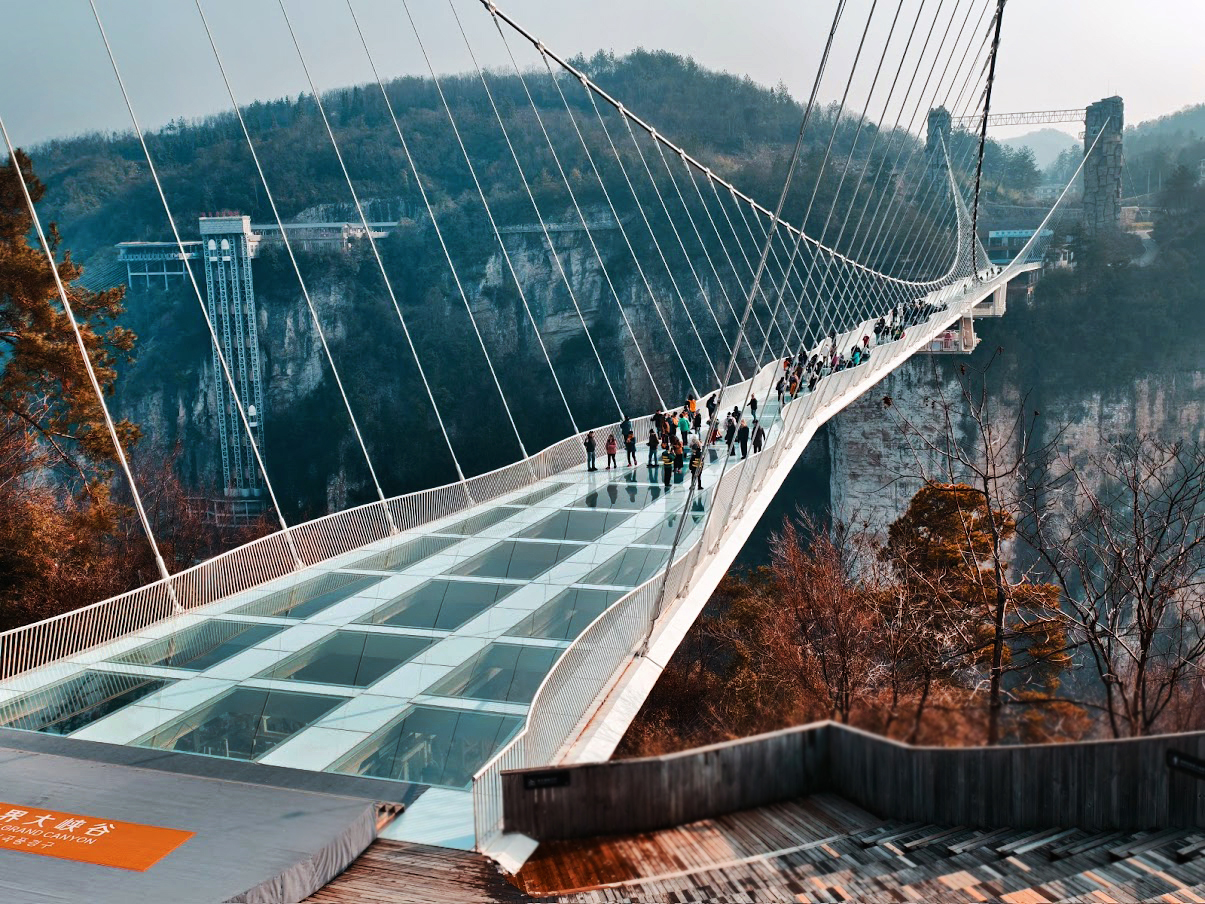

Sarawak Tribune is a Sarawakian news portal that highlights Sarawak-centric news and other stories of relevance to Sarawak.
Today, Sarawak Tribune focuses on happenings in Sarawak’s cities, towns and small places no matter how remote these are and events of relevance in other states of Malaysia and other countries.
© Copyright 2024 Tribune Press Sdn. Bhd.